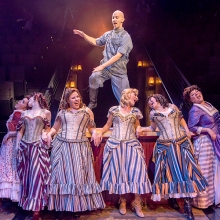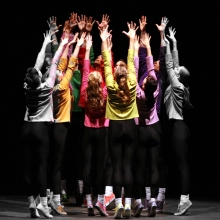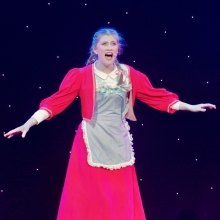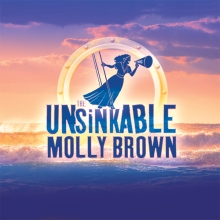Filichia Features: Camelot is Now Happy-Ever-After-ing
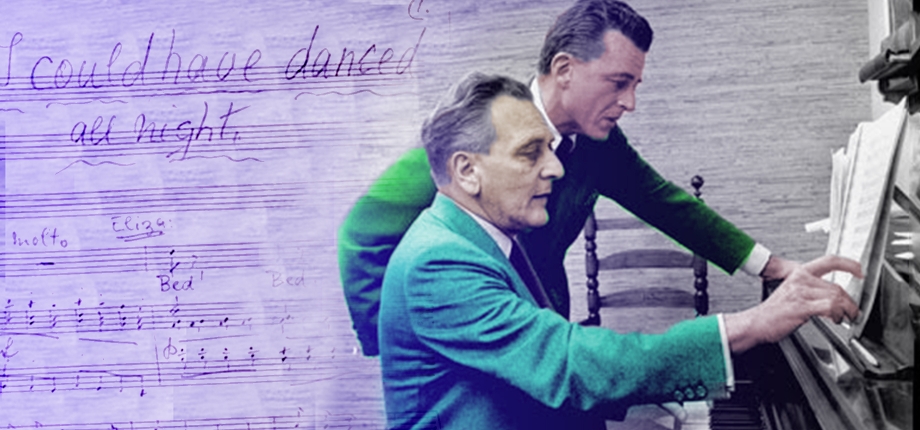
Filichia Features: Camelot is Now Happy-Ever-After-ing
Never mind “How do you solve a problem like Maria?”
How do you follow up a smash-hit musical with another smash-hit?
That’s especially hard when everyone has come to expect that your new show will be better than the legendary one that you just did.
Such was the fate of bookwriter-lyricist Alan Jay Lerner, composer Frederick Loewe, leading lady Julie Andrews, director Moss Hart and choreographer Hanya Holm – all of whom created the original My Fair Lady in 1956.
Three-and-a-half years later, all five reunited for Camelot, a musical about the legendary King Arthur, Queen Guenevere and Sir Lancelot, the alpha-knight of the Round Table.
Literally legendary, for historians are still debating whether or not these people existed. As a result, we can put Camelot into the category of a term that was just starting to be noticed when it opened but is now well-known: magical realism.
Indeed, Camelot has magic, love potions, one man brought back from the dead and another who’s turned into a bird. The more you can establish that your production is magical and imply that you’re dealing with a legend and not reality, the better off you’ll be.
Even before they wrote a note or word, Lerner and Loewe didn’t see eye-to-eye. Loewe merely saw it as the story of a cuckold, which indeed King Arthur is after Queen Guenevere consorts with Lancelot. Lerner realized that to a European, such as the Berlin-born Loewe, a cuckold is traditionally seen as a sorry figure of comic humiliation while Americans view him as the tragic victim of love gone wrong.
Would that had been their only problem. How amazing that the creators came up with such a great musical when:
- Lerner had to shave hundreds upon hundreds of pages from T.H. White’s mammoth series of novels called The Once and Future King.
- The costume designer died before finishing the assignment.
- The first stop out of town was in Toronto at a brand-new theater, which, like all brand-new ones, had acoustical problems.
- The show ran four hours and had to be severely cut.
- During the tryout Lerner was hospitalized with a bleeding ulcer.
- Right after that, Hart was hospitalized with a heart attack.
- Hart asked Lerner to direct, which miffed Loewe to the point where this was a factor that ended their collaboration.
- The child actor playing Tom of Warwick in the crucial final scene was deemed inadequate and was fired.
- The show still wasn’t frozen two days before the opening at which point Julie Andrews got a new song (“Before I Gaze at You Again”).
- And through all this, Lerner was having severe marital difficulties with Wife Number Four.
(Ironic, isn’t it, that the man who wrote “How to Handle a Woman” for this very show would be married eight times?)
And let’s not forget schadenfreude, as they sing in Avenue Q. When you’re up-and-coming, many people root for you – but when you arrive and are wildly successful, these same people often want you taken down a peg.
You’ve heard “Nothing succeeds like success?” Well, nothing breeds envy like success, too.
Now all of Camelot’s problems are in the distant past. It no longer bears the onus as the successor to My Fair Lady. If you stage it at your theater, few will know and fewer still will be thinking of what musical the authors wrote before it. It will strictly be seen as its own entity and judged on its own merits, which are considerable.
If you do it well, your audience will be mesmerized by songs they already know and love (the title song and “If Ever I Would Leave You”), songs they’ll soon know and love (“The Lusty Month of May” and “I Loved You Once in Silence”) and characters who’ll demand their attention: Arthur, who’s altruistic; Guenevere and Lancelot, who are conflicted; and the utterly amoral Mordred, the illegitimate offspring of Arthur’s now-regretted dalliance. This young man is out to ruin everything – and does.
Camelot is famous for another reason, one that’s most regrettable, for it involves one of America’s greatest tragedies. The show became a household name after President John F. Kennedy was assassinated and another writer whose middle initial was H. and surname was White – but Theodore, a political journalist -- talked to his widow Jacqueline Bouvier Kennedy.
“The song he loved most came at the very end of this record,” she said, citing the original cast album of Camelot. “The lines he loved to hear were: ‘Don’t let it be forgot, that once there was a spot, for one brief shining moment that was known as Camelot.’”
And that is what much of your audience will either know or remember – not that Camelot wasn’t as big a hit as My Fair Lady and could never have been.
You may e-mail Peter at pfilichia@aol.com. Check out his weekly column each Monday at www.broadwayselect.com and Tuesday at www.masterworksbroadway.com. His book, The Great Parade: Broadway’s Astonishing, Never-To-Be Forgotten 1963-1964 Season is now available at www.amazon.com.
Share
Callboard
-
Shake and shimmy it with the #Hairspray20Challenge! Join MTI and Broadway Media in celebrating 20 years of #Hairspray. Duet this here or find us on TikTok! Special thanks to @broadwaymedia and @jammyprod. Choreography Guides are a licensor official resource that provides step-by-step instruction from Broadway and professional choreographers for your productions! Visit @broadwaymedia to learn more. #mtishows #youcantstopthebeat #hairspraymusical #goodmorningbaltimore
View on Instagram





















